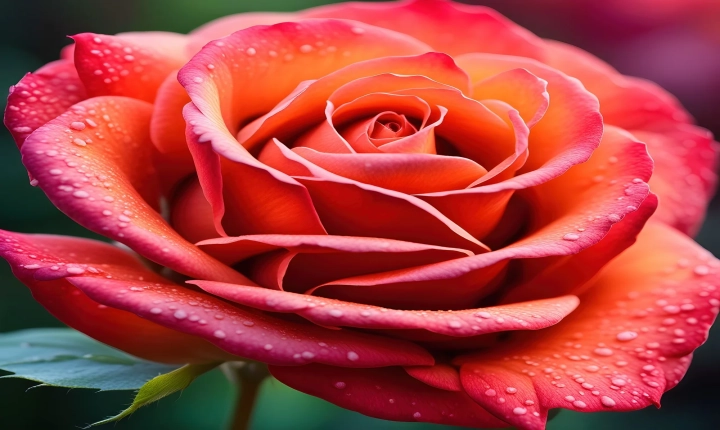Can’t Copyright AI Art: The Blurred Lines of Ownership and Creativity
The emergence of artificial intelligence (AI) as a tool for creating art has raised questions about copyright laws, ownership, and the limits of creativity. Unlike traditional art forms, AI-generated artworks often lack a clear creator, blurring the lines of authorship and intellectual property.
In recent years, AI has been used to generate a wide range of visual art, from paintings and sculptures to digital designs and animations. This technology has sparked widespread debate about the legal and ethical implications of ownership and copyright in the context of AI-generated art.
One of the central challenges with AI-generated art is the question of ownership. In traditional art, copyright law grants creators the exclusive rights to reproduce, distribute, and display their work. However, when AI is used to produce art, it becomes unclear who the rightful owner of the work is. The AI itself is not a legal entity capable of owning property, leaving the question of ownership in a legal gray area.
This ambiguity has led to conflicts over the ownership of AI-generated art. In some cases, AI artists have claimed the rights to their creations, arguing that the process of training the AI and curating the output constitutes a form of artistic expression. Others have questioned whether the AI itself should be considered the author, leading to debates about the legal status of non-human creators.
Furthermore, the issue of copyright infringement has become more complex in the context of AI-generated art. If an AI produces a piece of art that closely resembles an existing work, it raises questions about whether it constitutes a derivative work or a wholly original creation. This creates challenges for copyright enforcement and litigation, as the traditional framework of copyright law was not designed to address the nuances of AI-generated art.
Another aspect to consider is the role of creative input in AI-generated art. While the AI may be responsible for generating the imagery, it is often trained on data and algorithms developed by human creators. This raises questions about the extent to which human input can be considered integral to the creation of AI art and whether the resulting work can be considered a collaborative effort.
In response to these challenges, some legal scholars and advocates have called for a reevaluation of copyright laws to better accommodate AI-generated art. They suggest that new frameworks and precedents may be needed to address the unique nature of AI-generated works and to ensure that creators are appropriately recognized and compensated for their contributions.
In the absence of clear legal guidelines, some artists and organizations have turned to alternative methods for establishing ownership and recognition of AI-generated art. This includes using blockchain technology to create digital certificates of authenticity and provenance for AI-generated artworks, providing a way to track and verify their origin and ownership.
As the use of AI in the creation of art continues to grow, so too will the need for a more comprehensive and nuanced approach to intellectual property rights and ownership. By addressing the legal and ethical implications of AI-generated art, we can ensure that creators are properly acknowledged and protected in this evolving landscape of artistic innovation.
